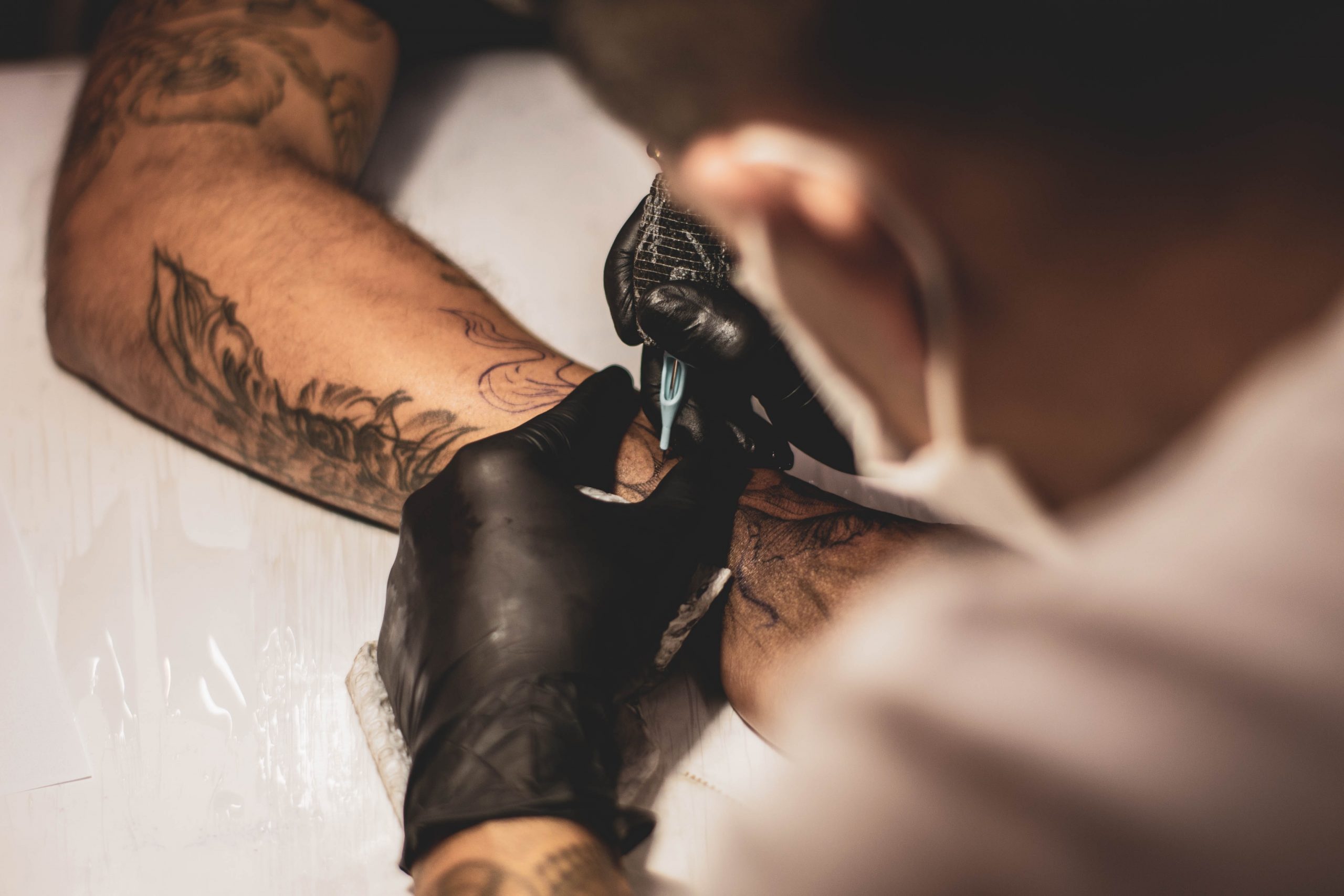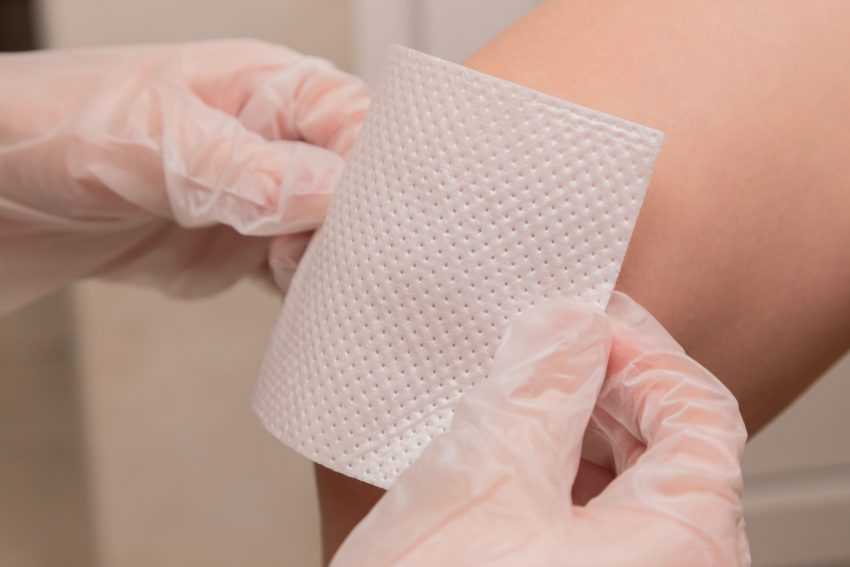Changes in our skin as we age are inevitable, including loss of moisture, changes in…

Can All Tattoos Be Removed? 6 Things You Should Know
Love them or hate them, tattoos are a normal part of everyday society these days. No longer as negatively associated as they once were, over a third of people have one or more tattoos. And that number climbs ever higher in younger demographics.
Still, that doesn’t mean that everyone is happy with their ink. Like many things in life, you get what you pay for. Cheap and inferior quality tattoos are easy to come by when there’s little to no regulation of the industry. Though there are many amazing and talented tattoo artists of high calibre, there are still those that slip through with empty promises of low-cost, great looking tattoos. Often, those are the ones that we regret the most.
According to statistics, around 17% of all people with tattoos regret getting them. Perhaps it didn’t look as you’d planned, the artist wasn’t all that was promised, or low-quality products were used. Maybe you got an infection in the open wound after it was completed, or had an allergic reaction that no one could have predicted.
Thankfully, with the aid of modern technology, we can easily remove those tattoos that we consider an eyesore. And yes, that includes that ex-partner’s name you got in a moment of madness.
But there’s a lot of information out there about tattoo removal, and it’s not all correct.
We’re here to clear up exactly what can and can’t be done, since we’ve already explained the process previously. Because really, choosing a tattoo removal specialist should be as important a process as choosing a tattoo artist. At Cambridge Laser Clinic, we know our work – and we want you to know it too.
1. Always Pick a Professional
This is the first and most important decision you can make in the tattoo removal process.
There are several companies and dodgy spas out there offering removal services, and trust us, you really don’t want to know the details of exactly how badly wrong such processes can go.
Old laser technology can burn and scar you, and some processes are more surgical in nature and may even remove entire chunks of skin and flesh (though this can also be done professionally in some cases). It’s really not something we want to entertain.
Instead, consider this. The person or company you choose for your laser removal should be accredited and qualified. Dr Nathan Holt at Cambridge Laser Clinic is a prime example of the type of person you want to send lasers into your skin. Not only qualified, but knowledgeable and experienced. We can guide you through the process and ensure you’re fully aware of everything that will happen before, during and after the treatment.
2. Don’t Expect An Instant Result
Unfortunately, the time it takes to remove a tattoo isn’t equivalent to the time it took to get it in the first place. Nothing worth having ever comes easy, eh?
To fully remove a tattoo, you’ll need several sessions spread out over a period of time. The number of sessions will entirely depend on the size of the tattoo, the colours used and the age of the tattoo (among other things).
During each session, the particles of ink in the tattoo are broken down by a laser and then your immune system takes over to get rid of them. It can take up to eight weeks for this to fully work, and then in the next session the laser will break down new particles. As you’ve probably already guessed, this means you have to wait between sessions to see how well the treatment has worked before you can return.
3. It’s Possible to Remove All Ink
For a long time, one myth surrounding tattoo removal has been that it’s not possible to remove a tattoo entirely. Though this isn’t a fact, there’s a grain of truth in there: some colours are more difficult to remove.
With advances in technology, colours such as yellows and greens that were once the bane of laser tattoo removal have now become less of a problem. But there are still other considerations.
In theory, your tattoo can be completely removed. The reality is, this depends on a variety of factors. Older tattoos and traditional stick and poke styles are easier to remove, as are blacks, dark blues and browns.
The bigger, more complex and colourful your tattoo is, the lengthier the process will be. Smaller tattoos that are simpler are far easier to get a perfect result on.
4. Consider The Pain Potential
You may have heard it said that getting a tattoo removed is more painful than getting the tattoo in the first place. If you take a moment to think about that, you’ll realise that it’s a massive oversimplification: everyone has a different pain threshold.
Some people have no trouble with receiving a tattoo, but struggle with removal. Sometimes it can be the other way around.
We will agree that few people would refer to tattoo removal as a painless process – it’s not. But when we say that you need to consider the pain potential, we mean overall, not just during your treatment.
Once you leave the clinic, you will likely continue to be in some mild pain and discomfort for around a weekafter your treatment. Depending on your skin, you may find the site blisters and needs bandaging to prevent irritation. Later, this may begin to scab and peel before the skin naturally regenerates.
The good news is, as you have more treatments, there will be less ink to react to the laser, so the discomfort that follows will gradually reduce.
5. Aftercare
After your tattoo removal session, you’ll want to consider how to take care of your skin and your body to boost your healing. Yes, you’ll need things to clean the area with, and we can recommend those to you. But you’ll also want to think about wearing loose clothing that doesn’t irritate the area.
For those seeking to remove a tattoo in a place that’s hard to keep comfortable on a day-to-day basis, you must plan ahead. Tattoos on the ribs, bottom, feet etc. will be hard to keep clear of irritation, so you might want to book your session at a time where you can go shoeless or braless for a few days.
6. You could just lighten ink enough to go over it
The time, cost, pain potential and aftercare of getting a tattoo removed are all important considerations, but they shouldn’t put you off. Many patients seeking removal do so with the intention of re-tattooing over the area.
In such scenarios, you can be assured that you’re unlikely to need as many sessions. This will reduce the cost, time and worry that you’d otherwise consider. Lightening a tattoo is a shorter and simpler process, and most good tattooists will be able to work with what you have.









